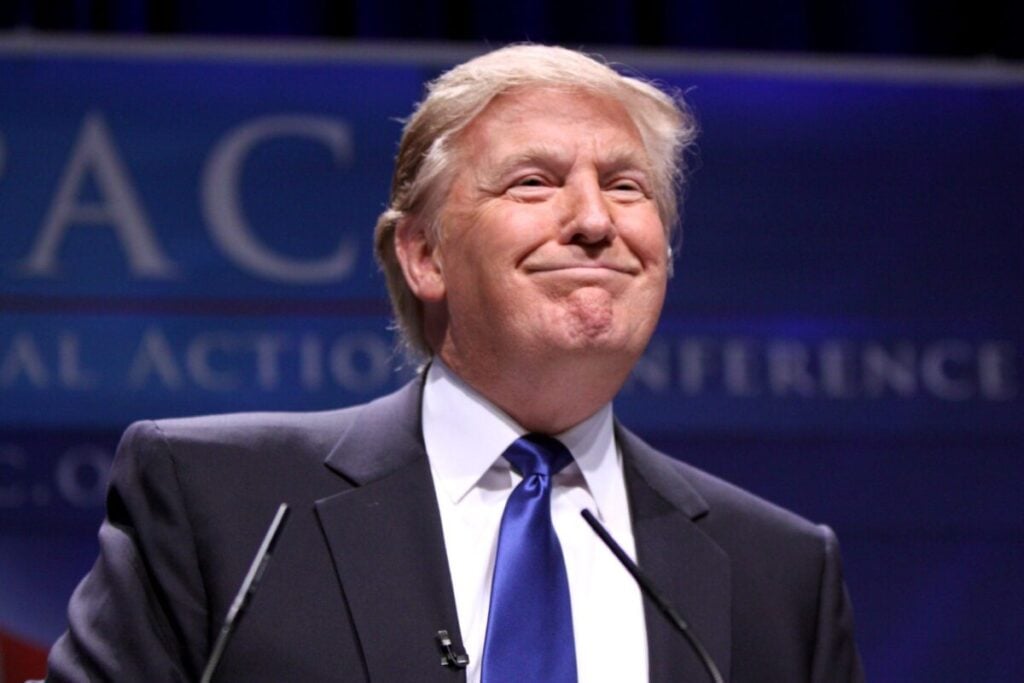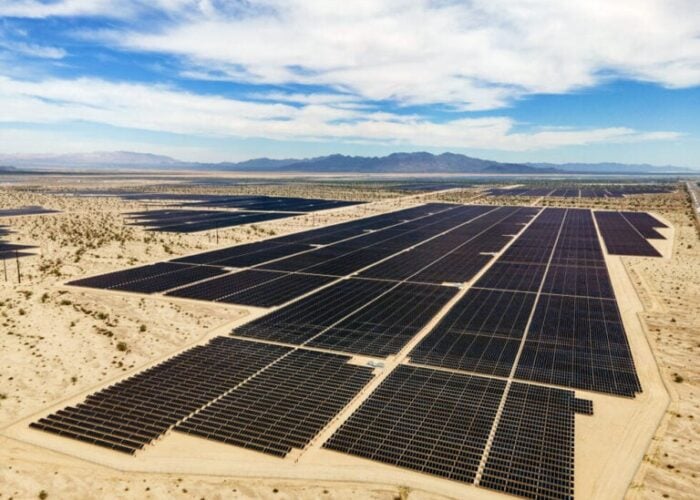
US president Donald Trump has brought in new tariffs on China with 10% and Canada with 25%, while Mexico tariffs have been delayed for a month.
The executive order was announced over the weekend (1 February) and sees new, additional tariffs of 10% levied on all goods from China, and tariffs of 25% on all goods from Canada, however energy resources will have a lower tariff of 10% starting from Tuesday 4 February 2025.
Try Premium for just $1
- Full premium access for the first month at only $1
- Converts to an annual rate after 30 days unless cancelled
- Cancel anytime during the trial period
Premium Benefits
- Expert industry analysis and interviews
- Digital access to PV Tech Power journal
- Exclusive event discounts
Or get the full Premium subscription right away
Or continue reading this article for free
According to law firm White & Case, solar PV panels are not included in the definition of energy resources based on Trump’s January 20 National Energy Emergency Executive Order.
The president initially announced a 25% tariff applied to Mexican goods too, though these have been delayed for a month following a conversation between the US and Mexican presidents.
Regarding China specifically, the executive order appeared to be broader in scope: “In response to China’s intellectual property theft, forced technology transfer, and other unreasonable behavior, President Trump acted with conviction to impose tariffs on imports from China, using that leverage to reach a historic bilateral economic agreement.”
The measures are in response to what Trump claims is a national emergency and are being done under the International Emergency Economic Powers Act (IEEPA). It primarily aims to prevent the import of products that are used in the production of the drug fentanyl, the centre of the country’s opioid crisis.
This move will increase tariffs on certain solar products coming from China to up to 60%, including solar cells, wafers and polysilicon. This comes only months after the Biden administration increased tariffs, under Section 301, for solar cells from 25% to 50% in September 2024 and later on did the same for wafers and polysilicon. These last two took effect at the beginning of the year.
This story was first published in full on our sister site Energy-storage.news.






